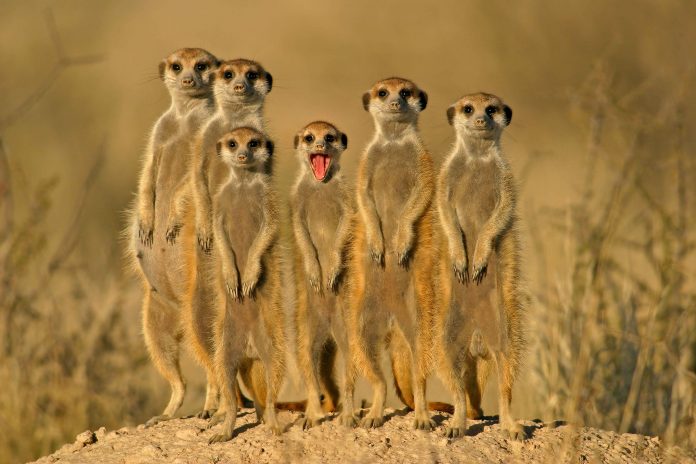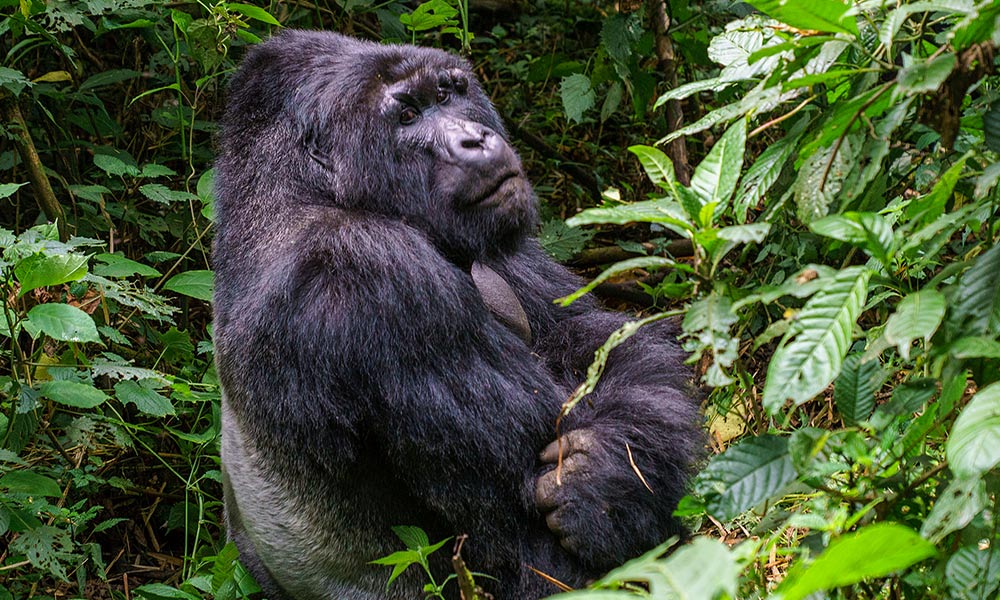Geography
Africa’s first formally declared trans-border conservation area, the Kgalagadi Transfrontier Park is located in the Kalahari regions of both South Africa and Botswana. Thabo Mbeki and Festus Mogae, then Presidents of South Africa and Botswana respectively, officially launched the Park on May 12, 2000.
The location of the Park is approximately 904 km from Johannesburg and 250 km from Upington in the far Northern Cape. The Park spreads about 38,000 square kilometres. The Park area lies in such a way that the three-quarters of it lie in Botswana and the remaining one-quarter in South Africa.
The Park
Kgalagadi Transfrontier Park comprises of a very vast and varied wildlife. The large mammalian predators such as Cheetahs, Leopards, Black-maned Kalahari lions, and Hyenas can be easily spotted here. The Park is also very rich in its herbivores and bird populations. Herbivores such as Springbok, Eland, Blue wildebeest, and Red hartebeest living and migrating within the park is a well renowned attraction of Kgalagadi
At least 200 species of birds can be found in the Park which includes vultures and raptors in which commonest being Tawny, Buzzards, Black breasted Snake Eagle, Bateleur and Secretary birds. Ground Squirrel and Suricate (Meerkat) are two more of the park’s more prominent species. Pangolin (Scaly Anteater), Honey Badger (Ratel), and Bat-eared Fox are some of the other park specials to find for.
The sights of stunning predations are a usual scene in this Park. High dunes border the pans of Kgalagadi. The pans contains nutrient-rich soils, and salts when it get filled up with water during rainy season.
Camping & Lodging- South Africa
There are six different camps of varying facilities, size and cost at Kgalagadi. Among them, three camps provide basic facilities for shopping and fuel. They are traditional rest camps. The remaining three camps are known as wilderness camps, which doesn’t have any fences. Staying in a wilderness camp is really a very thrilling experience since you are actually inviting the Kalahari and the tranquillity of Africa right into your room.
The traditional Rest Camps are Twee Rivieren, Mata Mata and Nossob. The Wilderness Camps are Bitterpan, Grootkolk and Kalahari Tent Camp.
Camping & Lodging- Botswana
The camping points in Botswana are Rooiputs, Polentswa, Two Rivers and Mabuasehube. A 4*4 vehicle is very necessary to access the Park from the Botswana side.
Fees/Permits
Citizens and Residents of South Africa (with ID) will have to remit R40 per person, per day. SADC Nationals (with passport) need to pay R80 per person, per day (children R40). R160 per adult / R80 per child, per day is the Standard Conservation Fee for Foreign Visitors. Another mean for fees is by Wildcard which can be bought by SADC Nationals and International visitors. It can become cheaper depending on the duration of your stay.












